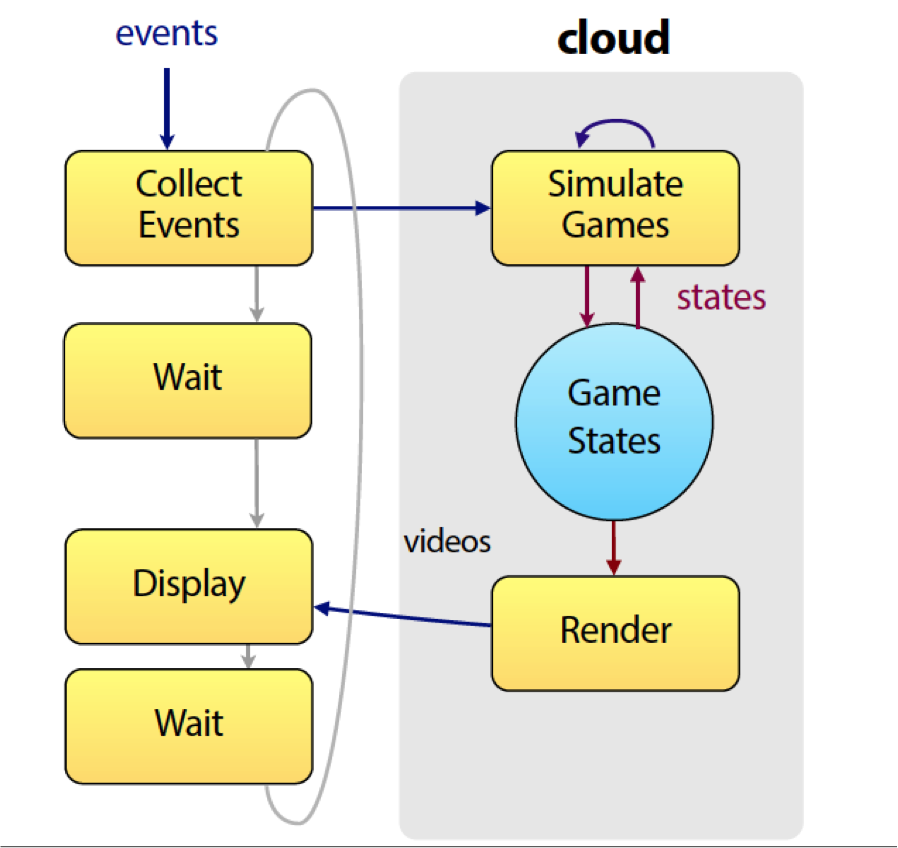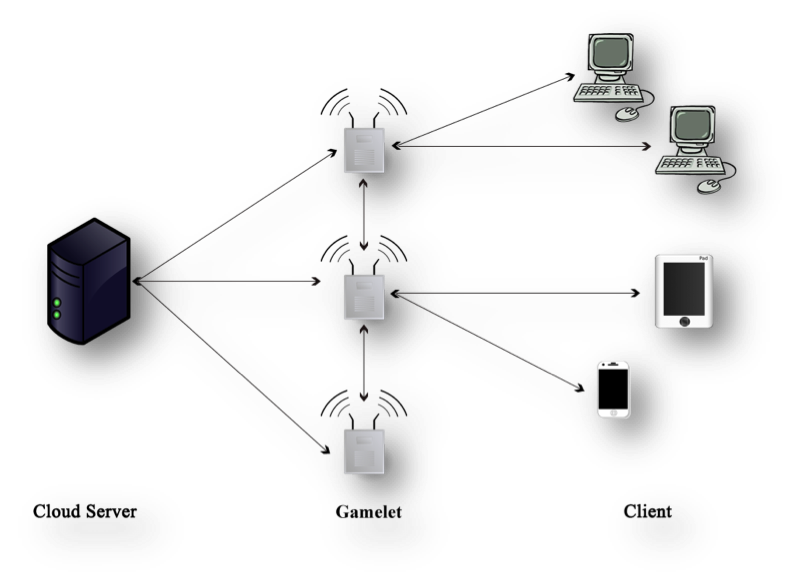
First Attampt towards Micro-Clouds
|
Gamelet - Multiplayer Mobile Games with Distributed Micro-Clouds |


VIDEO-DEMO (as shown in IEEE/IPSJ ICMU 2014) :
| Demo at Youtube http://www.youtube.com/watch?feature=player_detailpage&v=YLG6ScuWITY#t=49 |
